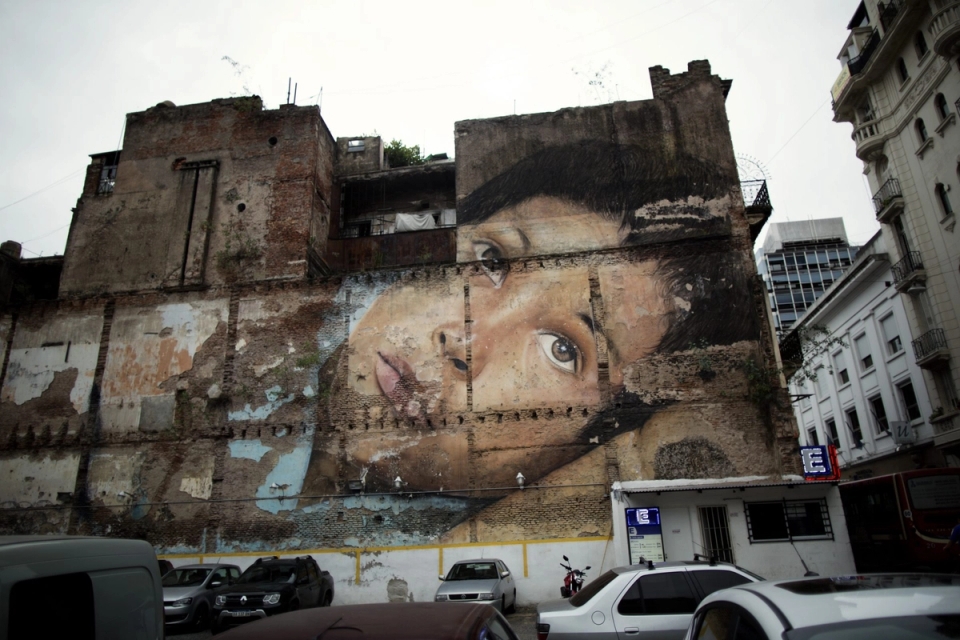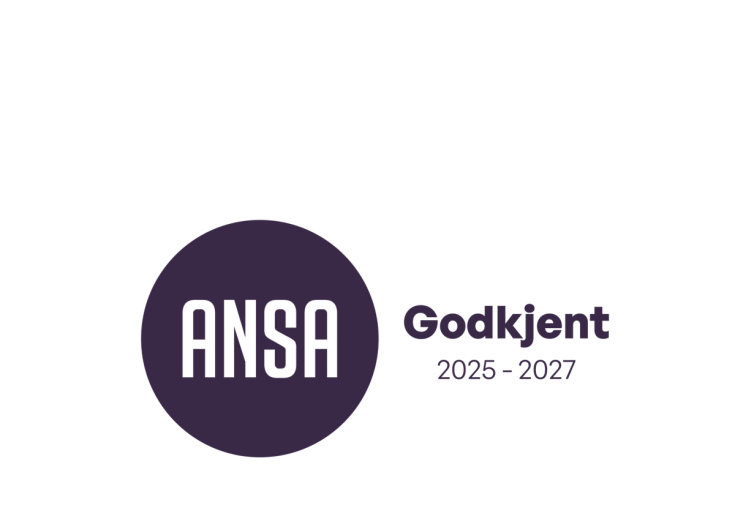
Buenos Aires for gatekunstelskere
Å vandre i Buenos Aires er mer enn noe annet en reise gjennom et arkitektonisk vidunderland, der man ser overfloden av majestetiske bygninger fra tiår med nyklassisisme blandet med fransk og italiensk renessansearkitektur.

Denne teksten er oversatt ved hjelp av kunstig intelligens.
Se den originale versjonen av artikkelen her.Men i dag kan ikke besøkende unngå å legge merke til de mange fargerike veggmaleriene, og både forlatte bygninger, søppelkasser, skilt, rulleporter og sidevegger er dekorert med graffiti som reflekterer den livlige urbane kunstkulturen.

Faktisk er Buenos Aires ofte oppført som en av de fremste byene i verden for å se gatekunst. Lovgivning rundt graffiti er ganske milde, det kreves ingen tillatelse fra byregjeringen for å lage veggmalerier, og kunstnerne får vanligvis lov til å male så lenge eieren av bygningen samtykker.
Selv politikere og byregjeringer ansetter gatekunstnere for å lage sin egen gatepropaganda. Faktisk var det politikere som begynte å betale kunstnere for å male slagordene sine på vegger i Buenos Aires på 1950-tallet.

Senere malte kunstnere i protest mot udugelige politikere, selv om militærdiktaturet som varte fra 1974 til 1983 effektivt satte en stopper for ytringsfriheten, ettersom mellom 20 000 og 30 000 mennesker ble drept.
Gatekunstbevegelsens begynnelse kan spores tilbake til 1960-tallet i New York City, først med en topp 20 år senere med veggmalerier på t-banetog i bydelen TBronx.
I Argentina valgte president Carlos Menem å knytte verdien av pesoen til dollaren, noe som gjorde det mulig for flere argentinere å reise til byer med gatekunst som New York og Barcelona og hente inspirasjon.
I 1994 startet en av de første anerkjente gatekunstnerne, Alfredo “Pelado” Segatori, å male i Buenos Aires, og satte senere rekord for det lengste veggmaleriet i Argentina med et maleri på 2000 kvadratmeter.

President Menems politikk førte imidlertid til den ødeleggende økonomiske krisen i Argentina i 2001. Graffitiscenen i Buenos Aires blomstret i kjølvannet.
Kunstnere tok til gatene og tilførte farge til en dyster og grå by med høy arbeidsledighet og fattige innbyggere.
De gjorde dette «som et sosialt eksperiment for å se hvordan folk ville reagere på det, fordi det på den tiden bare var propaganda, negativitet, og sinne i byen», fortalte Jonny Robson i Graffitimundo, som tilbyr graffiti-turer i BA, til The Buenos Aires Herold i 2013.
Han la til at det å male gigantiske fargerike figurer var det mest «apolitiske» kunstnerne kunne gjøre, og at det var «bare en veldig annerledes måte å håndtere økonomiske vanskeligheter på».

I dag har Buenos Aires rykte på seg for å være en av verdens hovedsteder for gatekunst, og byen er vertskap for internasjonale gatekunstfestivaler, tiltrekker seg utenlandske kunstnere og gatekunstelskere overalt med mange selskaper som tilbyr turer til utenlandske besøkende.
Likevel er det beste at disse fantastiske stykkene av urban kunst finnes i hvert enestennabolag, fra Palermo, Villa Crespo, Colegiales og Chacarita i nord, til San Telmo og La Boca i sør.
Nyt dette gratis kunstgalleriet som stadig er i endring, men som også fungerer som en alltid nærværende påminnelse om Argentinas historie.





